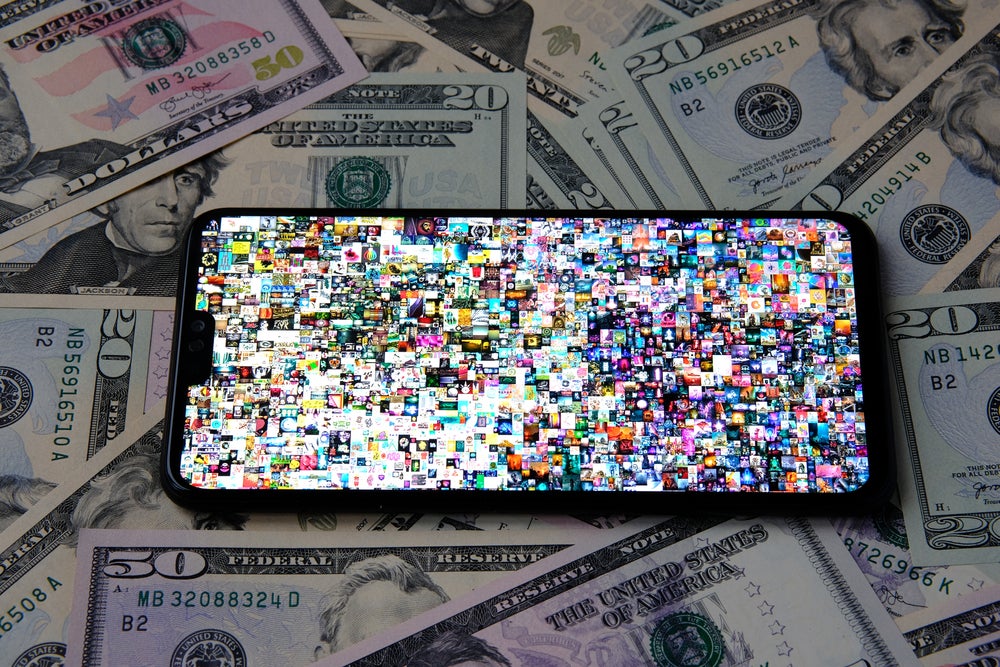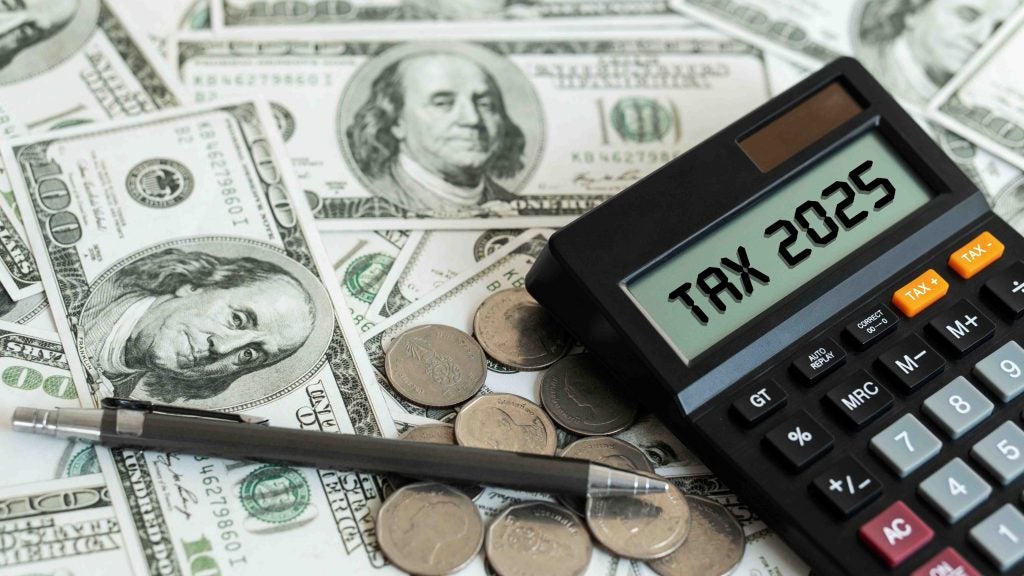
Non-fungible tokens (NFTs) have exploded into consciousness this year. In basic terms, an NFT is a digital asset using blockchain technology as a ledger to record their sale and ownership. This is different from physically having something, and the non-fungible aspect means ownership cannot be shared. Alison Ebbage writes
Like cryptocurrencies, NFTs are digital. But they are different from crypto currencies as each token is unique, identifiable and non-interchangeable with another for equal value unlike say, a physical currency. Essentially NFTs are like physical collector’s items, only digital. So instead of getting an actual oil painting to hang on the wall, the buyer gets a digital file instead.
But this is not just about digital images, anything can be put into an NFT and, conceptually, it is about how ownership of something that cannot be split can be put into a token. NFTs can also hold specific metadata inside – so for example artists can sign their artwork by including their signature in an NFT’s metadata.
Some $174m has been spent on NFTs since November 2017, and the range of NFTs also varies (see data below).
Digital ownership
Jon Bixby, executive chair at NFT Investments, adds: “The popularity of NFT investments is as a result of two elements dovetailing. Firstly human nature is to collect and to show status- the physical collectibles market is huge, for example. Second there are three billion people spending 20 hours a week or more gaming or in a digital world. We increasingly live our lives in the digital world. From this digital ownership becomes entirely normal and digital collectables, especially when exclusive, become valuable.”
Another element driving popularity is the rise is the value of cryptocurrencies relative to fiat currencies like the US dollar. Crypto currencies are seen as the next big thing by some, albeit in nascent form and with high volatility levels. This is very appealing to the segment of the market that likes to take a risk, likes to be ahead of the game and crucially, can afford the downside as well as the upside.
Schneider comments: “This is a very esoteric investment and at very early adoption stages. People that are very wealthy and are comfortable with the whole concept, perhaps having made money in crypto, are the current investors- they understand the concept and are happy with it and also want to be a part of something with historical significance and getting the kudos from that.”
And Longchamp comments: “Blockchain is always for looking for more case uses and trying to get things past the proof of concept stage and into the mainstream. This, like with anything new, is a long process and requires people to understand the concept and to process it and to accept the cultural change.”
Marketplaces
Marketplaces to buy and sell NFTs are springing up and are proving a good concept simply because they offer the opportunity to both buy and sell, thus providing liquidity.
Longchamp comments: “Platforms essentially use smart contracts so that users can buy a specific thing and this is no different as concept but the asset is held as a token using a Block chain powered platform.”
And Bixby explains: “Our proposition is that investors buy into our fund- we are fully regulated and this solves the problem of investors that need to meet compliance requirements. The fund has themes like any other- we are effectively like a venture capital fund where we give investors access to a pool of NFTs and they can invest or disinvest as they choose.”
Private funds also exist. NFTX is one such fund. It is an index funds protocol built on top of Ethereum that has created ‘vaults’ for specific high-profile, valuable NFTs. The tokens of these vaults are liquid and can be traded or redeemed for the underlying NFT asset. The vault token value moves with the market price of the underlying assets because they are fully backed and stored on-chain.
The FingerprintsDAO, meanwhile is a smart contract that holds Autoglyphs sold by Larvalabs. It makes decisions to buy or sell Autoglyphs based on the members’ on-chain voting to acquire or sell.
Auction house Christies is also involved. It sold an NFT work by the artist Beeple for an eye-popping $69,346,250, and in May this year bought nine Cryptopunks NFTs manufactured by Larva Labs for $16.9m sale.
But for standard investors, regulation is something that needs to be taken into consideration. Buying into an already regulated fund is one thing, but buying direct requires caution.
Tolerance for volatility
Schneider comments: “Getting involved in this is highly dependent on risk profile and tolerance for volatility. This is hard for institutions to do because they are heavily regulated- Family Offices could so this at a push but the understanding of the concept needs to be there. They are hamstrung by regulation and KYC.”
The lack of regulation around digital identities is a particular sticking point because institutions cannot know who they are buying from and this is obviously an issue.
NFTx and FingerprintsDAO, for example, are both owned by anonymous individuals.
Longchamps comments: “A key piece that is missing is better digital identities because people need to have trust in the market and know who is behind a purchase but without compromising privacy. Better authentication is needed and an identity with strong digital credential to drive forward trust and use would be valuable at this point in time.”
Volatility of cryptocurrencies is another issue so currently risk appetite and tolerance for volatility means that NFTs are ruled out for all but those with the strongest of stomachs.
Bixby warns: “Once the currencies; Ethereum and Bitcoin lose their volatility it will be easier to more accurately value NFTs and they will come to be seen as just another alternative investment. We are a long way off that today though.”
Longchamps adds: “This is still quite early stage and we need for some significant improvement levels in comfort before this turns into something that is more than just a handful of high profile purchases done for fun or for status, so that the market can emerge as something that is less narrow and tangible as a purchase when is the underlying asset is not tangible.”
He cites the millennial generation as digital native and thus likely to want to come onboard with this, once funds permit.
“Millennials might be more into this as they are digital native and instinctively get the concept. For example with a game they might buy a certain skin or car and then might go on to win and get a reputation wearing it or driving it. That skin or car will then be worth more to other gamers due to its scarcity or reputation.”
And Schneider says despite early-stage issues, institutions need to work out how they can get involved. “The reward and the incentives are just too great for people not to get involved and unlike conventional investments you don’t need permission, the coding is open source and the infrastructure already exists. In that way this is something that is very accessible,” he says.
Famous NFTs
- Art
- GIFs
- Videos and sports highlights
- Collectibles
- Virtual avatars and video game skins
- Designer sneakers
- Music
For the most part, NFTs are digital versions of something that exists elsewhere like video clips or securitised versions of digital art.
Dapper Labs is one provider. It makes blockchain-based experiences and digital collectibles into NFTs. Its Top Shots NBA NFTs are worth $500m in total sales an over 3 million transactions.
Bixby comments: “Sporting collectables are very popular. In the past few months NBA Top Shots has become worth more than the entire NBA card collectables world. We expect to see other similar initiatives.”
Dapperlabs also issues the highly successful CryptoKitties, where players collect and breed digital cats. The game is worth $40m in sales and 1.9 million kitties have been born. Cheese Wizards is another game.
Larvalabs is another example with projects such as the CryptoPunks and Autoglyphs being held on it. It began life in 2017 when the technologists Matt Hall and John Watkinson began an NFT art project under Larva Labs that involved creating 10,000 unique 24×24 pixel icons of heads belonging to stylistically punk-ish human beings.
Since then the duo have issued 512 premium NFTs, which are held on chain and thus contain just a pointer to the image source.
Famous digital artist Mike Winklemann, better known as Beeple, crafted a composite of 5,000 daily drawings to create perhaps the most famous NFT of the moment, Everydays: The First 5,000 Days. It sold at Christie’s for a record-breaking $69.3m.
Twitter co-founder Jack Dorsey, meanwhile, sold his first ever tweet as an NFT for more than $2.9m. And the iconic Charlie Bit My Finger YouTube video, featuring a baby biting his brother’s finger, has been taken offline as it is being auctioned. The person who places the winning NFT bid will be given the chance to create their own parody of the video, featuring Harry and Charlie. The Disaster Girl Meme – a picture of a young girl smiling with a fire in the background – was recently sold as an NFT for $473,000.







